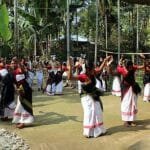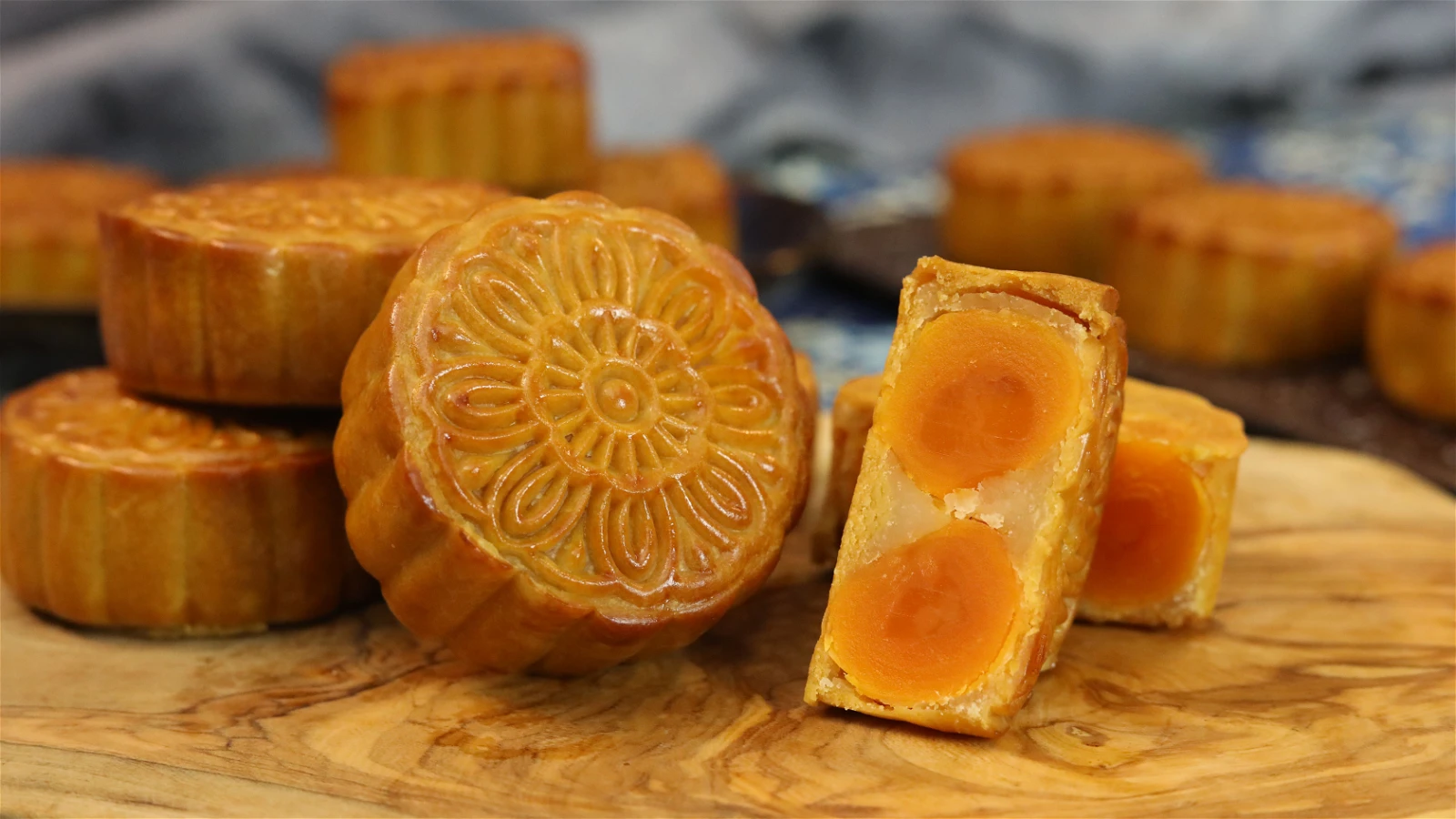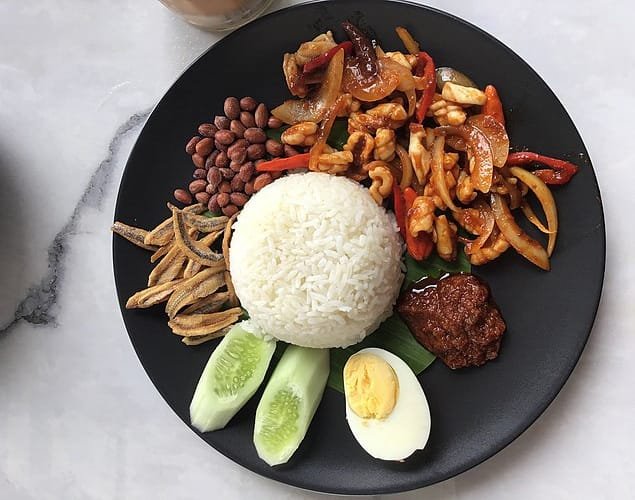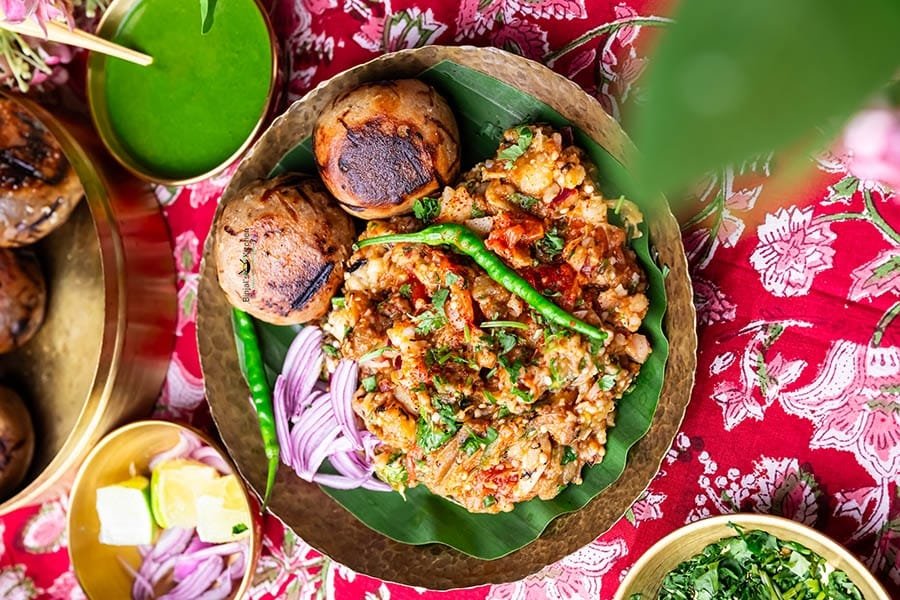Bangladesh, a country rich in culture and heritage, boasts a vibrant culinary tradition that has been shaped by its history, geography, and agriculture. Bangladeshi cuisine is known for its bold flavors, aromatic spices, and use of fresh, locally sourced ingredients. Here’s a detailed exploration of the top 10 foods from Bangladesh, highlighting their unique characteristics and cultural significance.
- Hilsa Fish Curry (Shorshe Ilish)
Hilsa, the national fish of Bangladesh, holds a special place in Bangladeshi cuisine. The dish is prepared by marinating the fish in a mustard seed paste and cooking it with mustard oil, turmeric, and green chilies.
Why it’s special: The rich flavor of the fish and the pungency of mustard create a harmonious blend.
Cultural significance: Often served during festivals, family gatherings, and Bengali New Year (Pohela Boishakh).
- Rice and Lentils (Khichuri)
Khichuri is a comfort food made by cooking rice and lentils together with spices like turmeric, bay leaves, and garam masala. It’s often accompanied by fried eggplants, pickles, or fried fish.
Why it’s special: The creamy texture and mild flavor make it a soothing meal, especially during rainy days.
Cultural significance: A staple during monsoons, often cooked as an offering in religious ceremonies.
- Beef Curry (Kala Bhuna)
Originating from the Chittagong region, Kala Bhuna is a slow-cooked beef dish with a dark, rich gravy. It’s prepared using onions, garlic, ginger, and a blend of aromatic spices.
Why it’s special: The caramelization of onions and spices gives it a unique, deep flavor.
Cultural significance: Served during Eid-ul-Adha, weddings, and other festive occasions.
- Panta Bhat (Fermented Rice)
A traditional rural dish, Panta Bhat is cooked rice soaked in water overnight and served with mustard oil, onions, green chilies, and fried hilsa.
Why it’s special: It’s a simple, refreshing dish with a slightly tangy taste due to fermentation.
Cultural significance: Popular during Pohela Boishakh as a symbol of agrarian traditions.
- Fuchka (Puchka/Phuchka)
Fuchka is the Bangladeshi version of pani puri – crispy hollow spheres filled with spiced mashed potatoes and tamarind water.
Why it’s special: The burst of tangy, spicy, and savory flavors in every bite is irresistible.
Cultural significance: A favorite street food enjoyed by people of all ages.
- Kacchi Biryani
Kacchi Biryani is a layered rice dish where raw marinated mutton is cooked with fragrant basmati rice, yogurt, and spices like cinnamon, cardamom, and cloves.
Why it’s special: The slow-cooking process ensures that the flavors of the meat and spices are deeply infused into the rice.
Cultural significance: A centerpiece at weddings, festivals, and grand feasts.
- Shutki (Dried Fish Curry)
Shutki is a dish made from sun-dried fish cooked with onions, garlic, mustard oil, and chili. It has a strong aroma and a bold, savory taste.
Why it’s special: Its unique flavor profile appeals to adventurous palates.
Cultural significance: Common in rural households and a delicacy for those who appreciate traditional flavors.
- Bharta (Mashed Vegetables)
Bharta refers to mashed vegetables or fish mixed with mustard oil, onions, and chilies. Common varieties include eggplant, potatoes, and dried fish bharta.
Why it’s special: The smoky flavor and simple preparation make it a beloved side dish.
Cultural significance: A staple in everyday meals, especially in rural areas.
- Sweets (Mishti)
Bangladesh is famous for its wide variety of sweets.
Roshogolla: Soft, spongy balls of chhana (cottage cheese) soaked in sugar syrup.
Sandesh: Made from chhana, sugar, and cardamom, often garnished with pistachios.
Misti Doi: A sweetened, caramelized yogurt with a creamy texture.
Why they’re special: The delicate sweetness and rich textures make them irresistible.
Cultural significance: Essential during celebrations, weddings, and as gifts.
- Nihari
Nihari is a slow-cooked stew made with beef or mutton shank, flavored with spices like cardamom, cinnamon, and nutmeg.
Why it’s special: The tender meat and flavorful gravy are perfect for pairing with paratha or naan.
Cultural significance: Traditionally served as a hearty breakfast during winter mornings.
Conclusion
Bangladeshi cuisine is a testament to the country’s rich history, diverse culture, and agricultural bounty. From the iconic Hilsa curry to the indulgent sweets, each dish tells a story of tradition and love for food. Exploring these top 10 dishes is not just a culinary journey but also an immersion into the heart and soul of Bangladesh.












